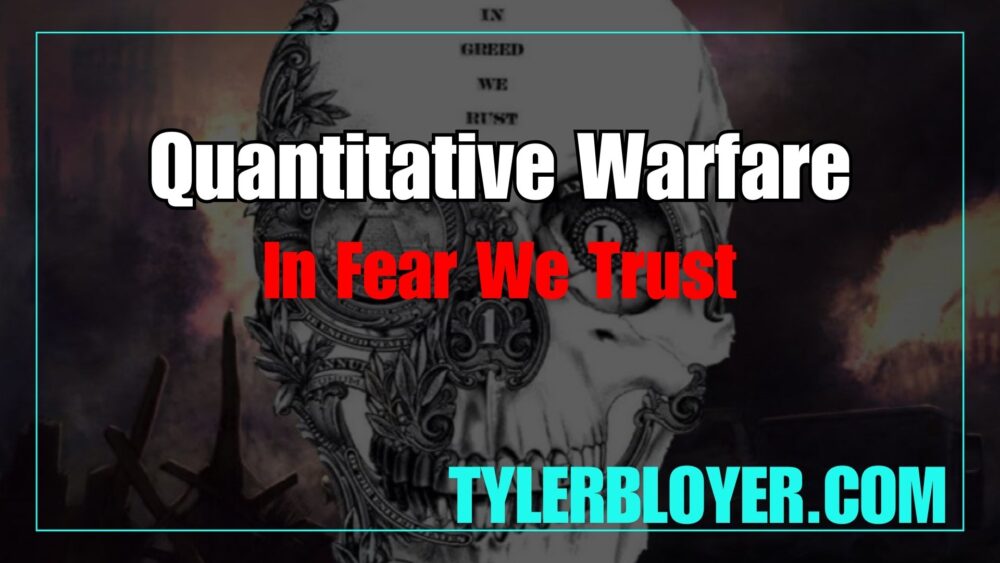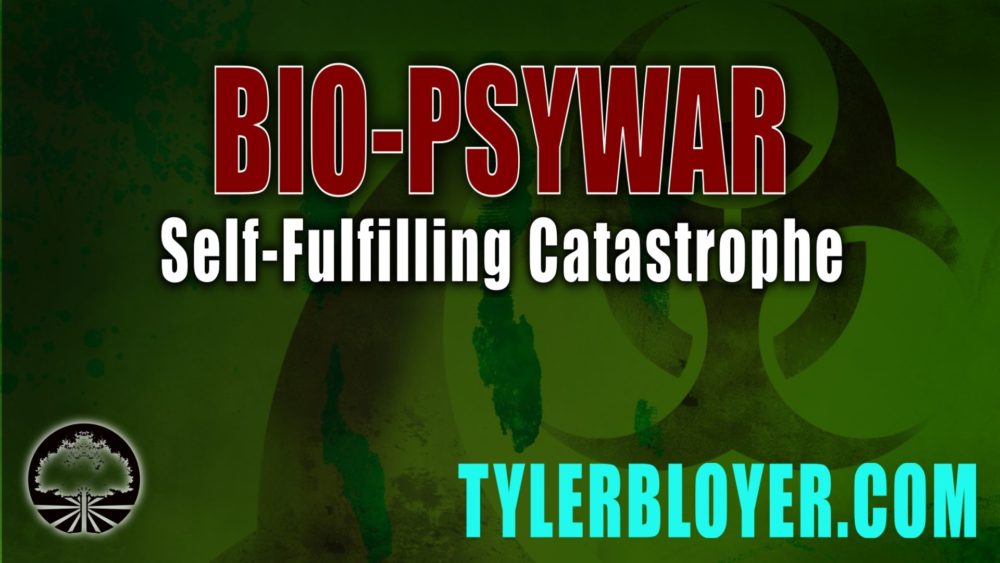Powder samples from both the Brokaw and Daschle letters were couriered to Fort Detrick, headquarters of the U.S. Army Medical Research Institute of Infectious Diseases (USAMRIID), in Frederick, Maryland. The USAMRIID scientists were alarmed by what they discovered. It was the same stuff that had killed Bob Stevens, the tabloid photo editor, in Florida: the Ames strain, used in the U.S. biodefense program. The distribution of Ames, regulated by USAMRIID, was limited to about a dozen labs under tight security controls. Moreover, the anthrax had been weaponized, refined to its most lethal particle size of one to three microns. Most astonishing was its purity: the powder had been concentrated to a trillion spores per gram.
In November, some of the West’s top biowarriors converged on Swindon, England, for an advanced training course for the United Nations Monitoring, Verification, and Inspection Commission. One of the big names on hand for the conference was Steven J. Hatfill, a former USAMRIID virologist and a protégé of Bill Patrick’s. Those who completed the course and were certified would have a chance to join the search for Saddam’s bioweapons in Iraq. While the 12-day course was under way, someone sent another biothreat letter, postmarked in November in London, to Senator Daschle. When the powder proved nontoxic, the letter was filed away and escaped further scrutiny.
In December 2001, Dr. Barbara Hatch Rosenberg, a noted bioweapons expert, delivered a paper contending that the perpetrator of the anthrax crimes was an American microbiologist whose training and possession of Ames-strain powder pointed to a government insider with experience in a U.S. military lab. In March 2002, she told the BBC that the anthrax deaths may have resulted from a secret project to examine the practicability of sending real anthrax through the mail — an experiment that misfired despite such precautions as taped envelope seals. That surprising hypothesis made Rosenberg a target for knee-jerk criticism, but competent sources within the biowarfare establishment thought she might well be right.
It’s also a matter of record that in 1965 military scientists gassed Washington National Airport and a Greyhound bus terminal, using B.g. Most Americans would like to think that our government doesn’t do that kind of thing anymore. I’d like to report, for example, that our military had nothing to do with those three gas incidents at Baltimore- Washington and Washington National airports in 1997. Though the F.B.I. won’t confirm it, I’ve been told at least one of those three events involved the dissemination not of B.g. but of B.t., the same substance the F.B.I. discovered in Hatfill’s refrigerator in August 2002.
The most curious piece of fieldwork noted on Steven Hatfill’s most recent C.V. is that of “open air testing and vulnerability trials.” In a 2001 paper, “Biological WarfareScenarios,” Bill Patrick called the 1965 simulated attack on the New York subway “one of the most important vulnerability studies” of the 70 he conducted. In 1969, when the army’s biowarfare program was officially terminated, Steven Hatfill was still in fifth grade. By 1998, Hatfill was Patrick’s sidekick in what one colleague has described as a “Batman and Robin” team. But it is from USAMRIID that Hatfill claims to have acquired his working knowledge of army-sponsored “vulnerability” trials.
Several of America’s bioweaponeers have said, for the record, that the anthrax attack has an upside. The killings have forced long-awaited F.D.A. approval of the Bioport anthrax vaccine facility and prompted increased federal spending on biodefense — by $6 billion in 2003 alone. But the anthrax offender also diverted law-enforcement resources when we needed them most and wreaked havoc on the U.S. Postal Service. He has shown the world how to disrupt the American economy with minimal expense, and how to kill with minimal risk of being caught.
Now that it”s been done once, it seems likely to happen again. Bill Patrick — whose expertise, in the wrong hands, may be deadly — even though he is not — has advised our military to be prepared for something far worse: “People say to me, ‘BW”s not effective.’ Ladies and gentlemen, I’m here to tell you, you look at atomic energy, you look at chemical method of infection — nothing, I mean nothing, produces what biological warfare does when you do your planning, and you have the right agent and the right dissemination-and-delivery system. Any questions?”
https://www.ph.ucla.edu/epi/bioter/messageanthrax.html















 What is different, however, is that there was no transmission from infected to susceptible persons that linked one case with another. Instead, all of the cases were generated by a terrorist or group of terrorists who sent letters containing anthrax spores through the postal system. These spores — very small in size — typically entered the skin or lungs or victim when the envelop was handled or opened, when coming in contact with an environment where envelopes had previously been handled or opened, or when passing through small holes in unopened envelops.
What is different, however, is that there was no transmission from infected to susceptible persons that linked one case with another. Instead, all of the cases were generated by a terrorist or group of terrorists who sent letters containing anthrax spores through the postal system. These spores — very small in size — typically entered the skin or lungs or victim when the envelop was handled or opened, when coming in contact with an environment where envelopes had previously been handled or opened, or when passing through small holes in unopened envelops. 

